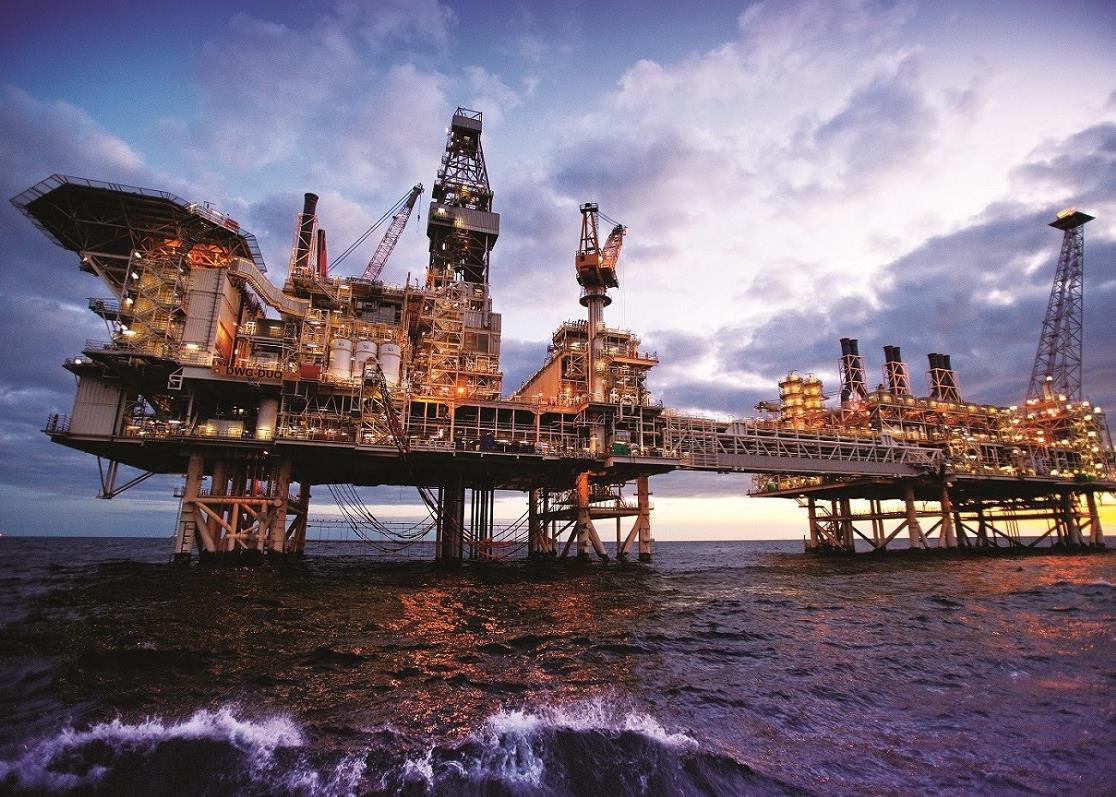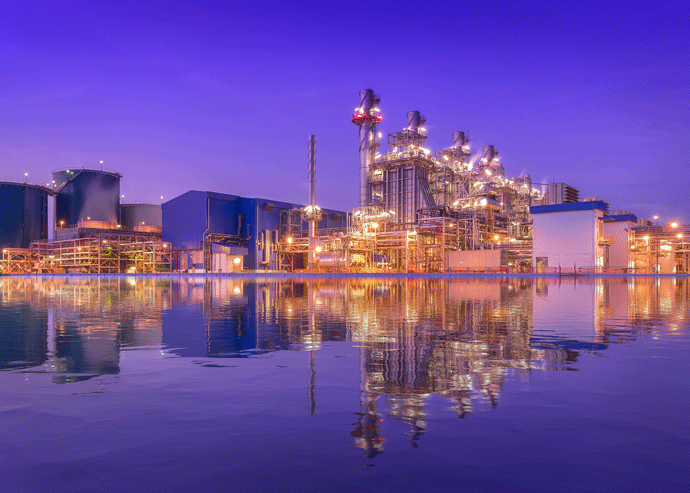
Three new smelters have opened in the GCC since the summer of 2008. The region is now the hottest aluminium hub outside China
Echoing trends seen in most global commodities, the aluminium price, which tanked to $1,200 a tonne at the start of March last year, is now firmly settled at above $2,200 a tonne. World aluminium demand slumped by 15 per cent in 2009 to barely 34 million tonnes. Consumption is forecast to rise by 15 per cent this year and by at least 10 per cent in 2011. For producers of the metal, the downturn is definitely over.
The rebound in demand and prices has come at the right time for the new smelters of the GCC. On 20 December, production started at Qatalum’s 585,000 tonne-a-year (t/y) smelter in Mesaieed. Less than a month later, Emirates Aluminium (Emal), which also started operating in December, delivered its first metal to a customer. The 700,000-t/y plant is the largest aluminium unit built in a single phase.
Qatalum and Emal join three existing GCC aluminium smelters: the 385,000 t/y Sohar Aluminium plant started producing in the summer of 2008. Dubai Aluminium (Dubal) announced on 17 March that its annual production rose above 1 million tonnes for the first time in 2009. Aluminium Bahrain (Alba), which first opened in 1971, is estimated to have made almost 900,000 tonnes of metal last year. By the end of 2010, the total operating capacity of the GCC’s five smelters should have risen to almost 10 per cent of the world total.
These are changing times for world aluminium. China, which accounts for more than 30 per cent of primary production, remains the global giant. But the GCC since the end of last year has firmly established itself as an important source of the metal. No one outside China has invested more in the industry in the past five years.
The case for Gulf aluminium rests on the fact that it has access to abundant and competitively-price energy. This has been enhanced by the region’s sound infrastructure and location close to buoyant emerging markets. But as delegates at MEED’s Middle East Aluminium 2010 conference in Dubai heard last week, these three advantages are no longer seen as decisive. The region will only invest more in the industry if there is proof that making aluminium is the best way for the GCC to use its gas reserves.
The energy constraint is a serious impediment to further large-scale expansion in some GCC states. MEED reported in the September that Alba had suspended plans for a major expansion, at least partly because of doubts about whether converting gas into aluminium, rather than using it for other purposes, makes sense. Speaking at the MEED conference in Dubai, Sohar Aluminium chief executive Bruce Hall presented the case for the smelter to be expanded. But Oman’s government is also facing gas challenges.
Saudi Arabia, which is developing the aluminium supply chain from bauxite to smelter, is expected to award contracts soon for an alumina plant, the first in the Gulf. The final green light is yet to be given for the aluminium smelter planned to be built next door at Ras al-Zour. Even Qatar, is asking people to wait for the findings of a study into its long-term potential of its North Field, the world’s largest non-associated gas reservoir.
Meanwhile, Emal — a partnership between Dubal and Abu Dhabi’s Mubadala Development Company — is beginning to set the pace for the rest of the region. It’s started testing the appetite of the banking market for its 700,000 t/y, second phase. And Abu Dhabi Basic Industries Corporation (ADBIC) unveiled at MEED’s conference plans for an aluminium park around Emal which will accommodate downstream industries. Projects announced include a joint venture rod and conductor plant with Bahrain’s Midal Cable; a 50,000 t/y aluminium extrusion manufacturer with the Gulf Extrusions Company of Dubai and a 500,000 t/y rolling mill.
Confident that it will have enough gas to support what will be the Middle East’s biggest integrated aluminium hub, Abu Dhabi believes aluminium will deliver several benefits. It will displace imports, generate export earnings and create thousands of high-tech jobs. Like other Gulf aluminium makers, the emirate is looking beyond primary metal production.
The Gulf Aluminium Council (GAC), the new regional industry grouping formally launched at MEED’s Dubai conference, will focus attention on the challenges that will emerge as aluminium’s role in the regional economy grows. Transferring technology and developing an aluminium talent pool are among the top priorities. Its six founding members are the five operating smelting companies plus the Saudi Arabian Mining Company (Maaden), which is developing the kingdom’s aluminium industry.
The GAC expresses the GCC’s conviction that aluminium is one of the cornerstones of the region’s economic diversification programme. It is evidence that GCC states are increasingly prepared to work together. And it is a signal to the world that Gulf aluminium is a force that it must now take properly into account.
More from MEED’s Middle East Aluminium 2010 conference:
You might also like...

Adnoc Offshore awards Upper Zakum contract
17 April 2024

Oman awards Batinah coastal road contract
17 April 2024

Oman appoints Al Khuwair Downtown project manager
17 April 2024
A MEED Subscription...
Subscribe or upgrade your current MEED.com package to support your strategic planning with the MENA region’s best source of business information. Proceed to our online shop below to find out more about the features in each package.









